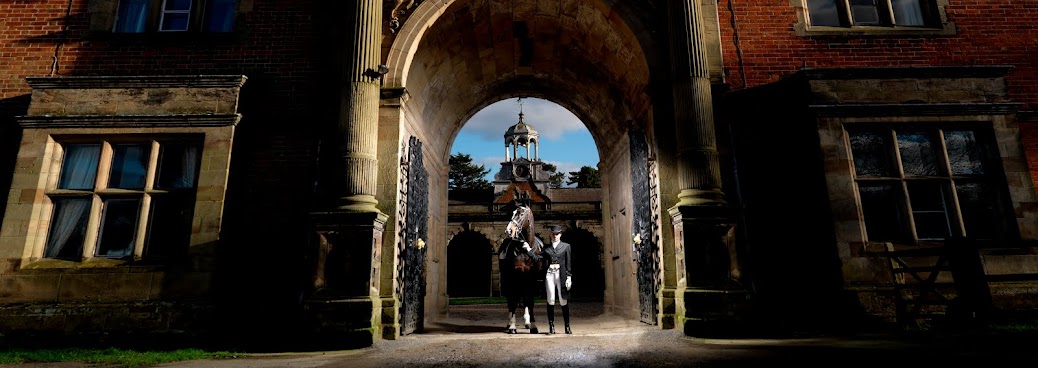The Art of Making to Measure.
Our manufacturing base is situated in Walsall in central England. Walsall is a truly remarkable town and famous for being one of the only places in the world to have the skills and expertise to produce some of the very finest handmade English riding saddles. The art of making to measure is skill that takes many years to learn, and Walsall has a history like no other in the world of equestianism.
Whilst we acknowledge the technology that is available to us in the 21st century, we know that when creating the very best saddles in the world the hand and eye of a craftsman can never be bettered. This is why every Bliss saddle that we create is hand-cut, hand-made and hand-finished by an individual master saddle maker.
To discover the origins of Walsall's leather industry we need to look back to the Middle Ages. Amongst the town's recorded early crafts and occupations there are few references to leather workers but, in contrast, numerous ones to saddlers' ironmongers or loriners. Loriners produced a variety of horse-related items, including stirrups, bits, buckles, spurs, saddle trees and harness mounts and decorations.
The lorinery trade continued to grow throughout the 17th and 18th centuries but it was not until the early 19th century that leather working became an important local trade. The pioneers of the town's leather goods trade seem to have mostly been 'bridlecutters'. By settling in Walsall these men and women could call upon the highly developed skills of local loriners for their bits and buckles. The development of the town's leather working industry gained pace in the period after 1840. The building of the South Staffordshire Railway through Walsall in 1847 gave a boost to the trade and by 1851 there were 75 firms making bridles, saddles and harness.
Horses were an essential part of Victorian economic and social life, and provided a huge market for Walsall's manufacturers. The working horse was still the chief means of power on most farms and in most cities, and in total there were around 3.3 million horses in late Victorian Britain. In the last decades of the 19th century the Walsall leather trades entered upon a 'Golden Age' of unprecedented prosperity.
It is thanks to this prestigious saddle making heritage when blended with the eye of the designer that Bliss saddles truly come to life.




